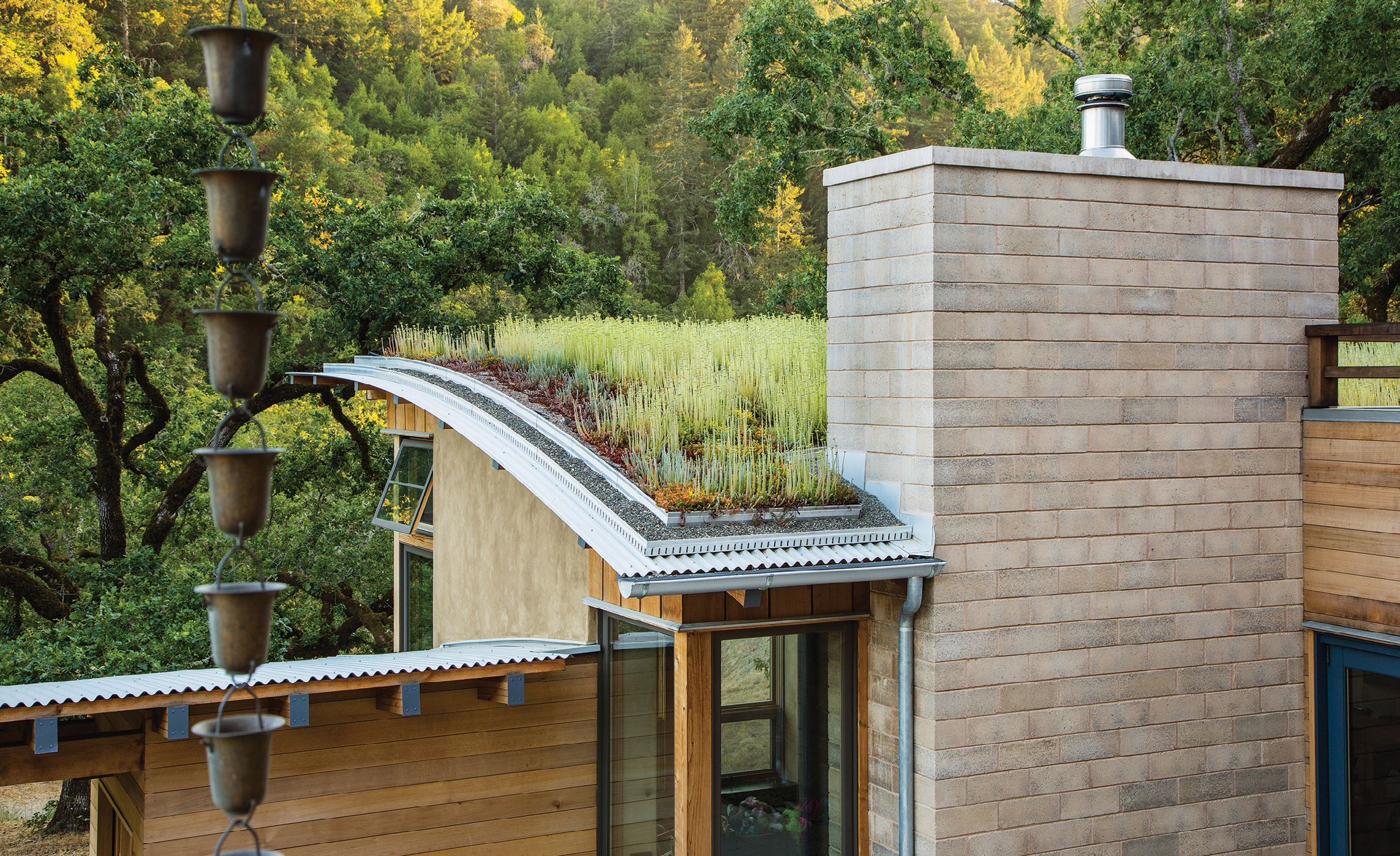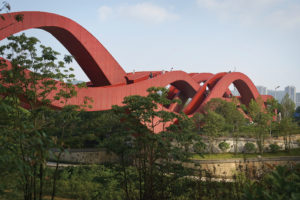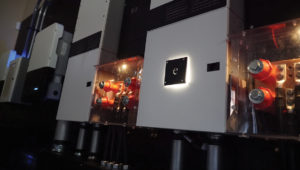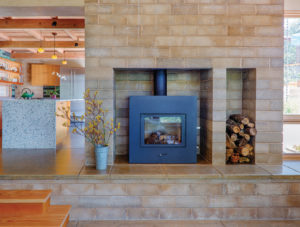
07 Apr Western Focus: Tips for Sustainability
Each year offers new opportunities to create a more environmentally conscious world, and many of these start in the home. With developments in energy efficiency coupled with a rise in green-focused lifestyles, new technology, and the challenge of keeping up with what’s conceptually in style, the science and art behind creating sustainable structures continue to evolve. For most projects, net-zero waste and efficient use of water and energy are the objectives. Here are some trends and technologies that have set a new standard for green building.

Designed by NEXT Architects using 3-D modeling, the Lucky Knot Pedestrian Bridge is a whimsical walkway that helps circulate traffic in the heavily populated city of Changsha, China.
Biophilic Design
The U.S. Green Building Council began offering a biophilia credit in 2018 as part of its Leadership in Energy and Environmental Design (LEED) certification. “Biophilic” spaces invite nature and its healing benefits into the home. Natural light is a significant design component, and these homes often flow seamlessly into outdoor spaces, such as rooftops, patios, or gardens. They often use local materials and a color palette that emphasizes the natural surroundings. Some homes integrate water features, living roofs, or moss and flower walls, and rooms may incorporate trees and plants to help filter toxins out of the air, boost oxygen, and offset emissions.

Designed by Energy 1 in Bozeman, Montana, this power system includes lithium batteries from Blue Planet Energy, which have a 20-year lifespan. It also includes solar storage from Outback Power for substantial energy reserve.
Multi-use spaces
While not a new trend, multi-use spaces help keep a home’s footprint small and reduce the use of building materials and heating costs. A single space that serves many purposes is especially prevalent in high-density urban environments, where real estate is limited and expensive. These spaces are designed to adapt to the needs of their inhabitants over time. In these cases, the interior design and architectural planning lend themselves to efficiency and flow.

In this home designed by Arkin Tilt Architects, a fireplace is surrounded by Watershed Block, a compressed earth building material that uses locally sourced minerals and recycled aggregates.
Net-zero buildings
In net-zero homes, the infrastructure and systems generate at least as much power as the occupants consume. These homes regulate temperature by using high-tech heat exchanges to preserve warmth while bringing in fresh air. Sealed building envelopes, passive solar heat, renewable energy sources, insulated windows and doors, energy-efficient lighting, and low-water-use appliances all contribute to the effort. There’s a perception that zero-energy buildings are costly, but according to the U.S. Department of Energy (DOE), an increasing number of projects are demonstrating that high performance can be achieved within typical budgets.
energy-conserving insulation
Heating and cooling systems consume the most energy in a home, which has led homeowners to incorporate extra insulation when building or remodeling. For optimal energy efficiency, a home should be insulated from the roof down to its foundation. It should also be properly air sealed, and one may consider including a moisture control system.
solar power
There are two main types of solar technology: photovoltaics, which convert sunlight into electricity; and solar thermal technologies, which capture the sun’s heat. While solar panels have been around for decades, solar roof tiles are becoming popular for their streamlined aesthetic. These appear as normal roofing tiles or can be customized to match the appearance of an existing roof.
sustainable materials
Eco-friendly building materials help a home inch closer to sustainability. To reduce impact, consider the “life cycle” of the materials used, including what resources were needed for their growth, production, and transportation. Locally-sourced materials are ideal, and other relatively low-impact ones include bamboo, cork, precast concrete, sheep’s wool insulation, and reclaimed or recycled wood and metal. Rammed-earth bricks are low impact, as their sourcing and formation have a smaller footprint, and the material helps stabilize the temperature of a building. Researchers are also creating concrete with recycled plastics, and “hempcrete” (bricks made of emission-offsetting hemp), is emerging as a construction and insulation material.
lighting
As one of the top green trends for 2018, LED bulbs use 75 percent less energy and last up to 25 percent longer than incandescent lights, according to the DOE, which reports that the widespread use of LED lights has the greatest potential impact on energy savings in the U.S. By 2027, LEDs could save about 348 terawatt-hours, the equivalent annual electrical output of 44 large power plants, and a reported savings of more than $30 billion at today’s electricity prices.
water-efficient Appliances and fixtures
The Environmental Protection Agency (EPA) oversees WaterSense, a program that helps homeowners choose water-efficient appliances and home products. By installing a WaterSense-labeled showerhead, for instance, the average family could save 2,900 gallons of water and 370-kilowatt hours of electricity annually, enough to power a house for 13 days. If every home replaced existing fixtures with WaterSense models, the U.S. would save nearly $1.2 billion in water and energy costs and 64 billion gallons of water annually — the equivalent to the annual water needs of more than 680,000 American homes. The EPA reports that toilets are one of the biggest water-wasters, accounting for as much as 30 percent of total consumption. A low-flush toilet can be a great place to start.
organic textiles
Consider using low-impact materials when remodeling, building, and decorating. Nylon and polyester, for instance, are non-biodegradable. Nylon manufacturing also creates nitrous oxide, a greenhouse gas that’s reportedly 310 times more potent than carbon dioxide. Polyester is partially manufactured from crude oil and washing it releases plastic microfibers into waterways. Organic cotton, for example, makes a good substitute in an upholstery project.
smaller footprints
Prefab homes are efficient in their production and the amount of building materials required, resulting in less waste overall. Another sustainable design trend that’s on the rise: building homes or guest houses from recycled shipping containers, or “cargotecture.” Smaller homes mean smaller carbon footprints.




No Comments